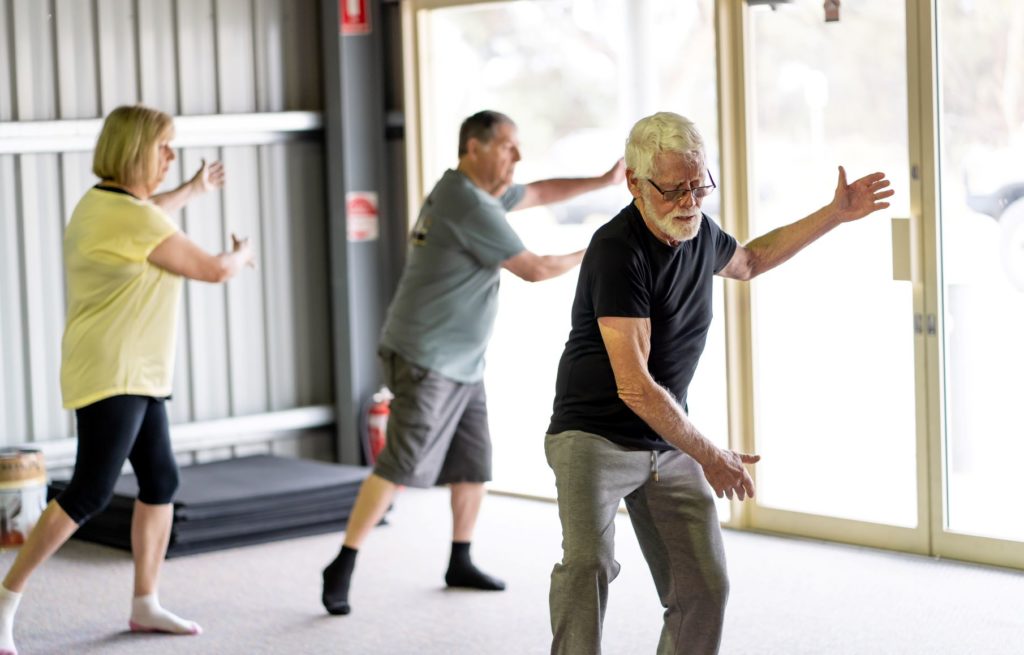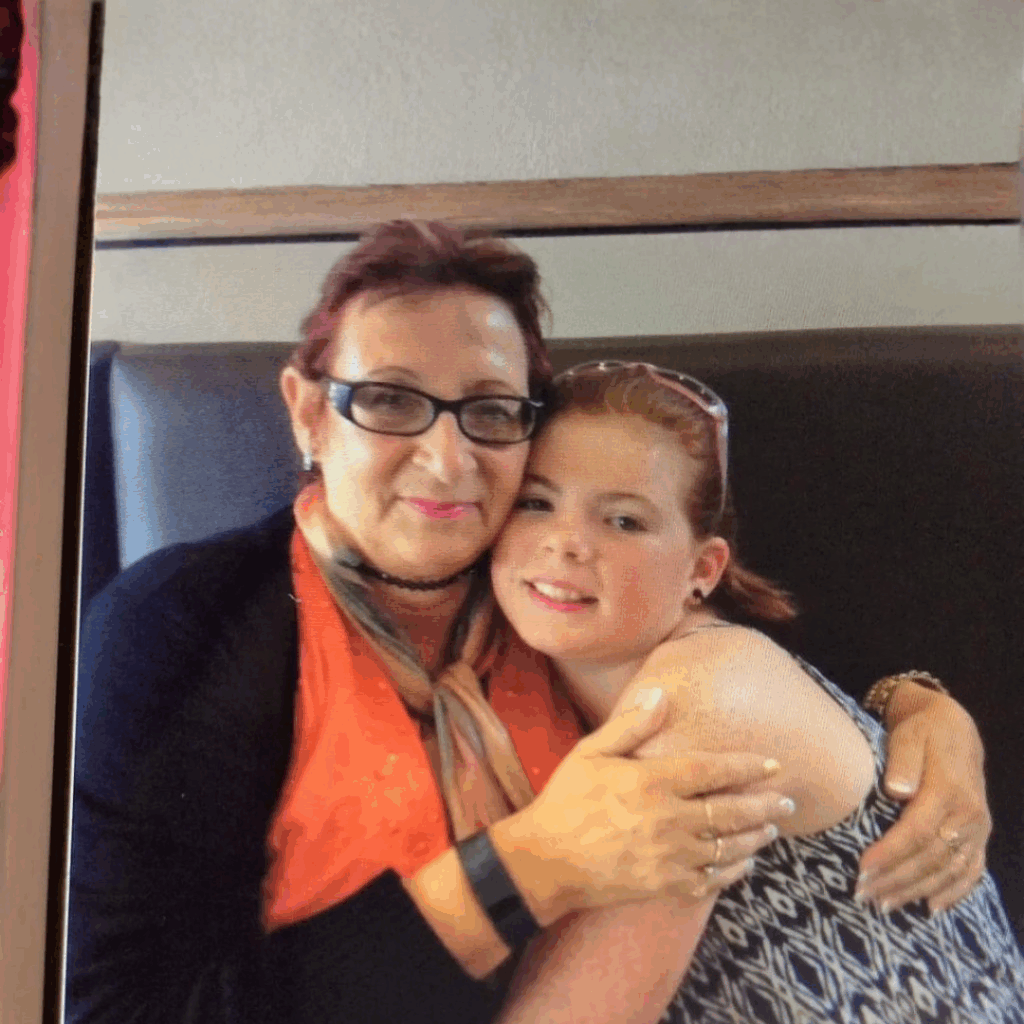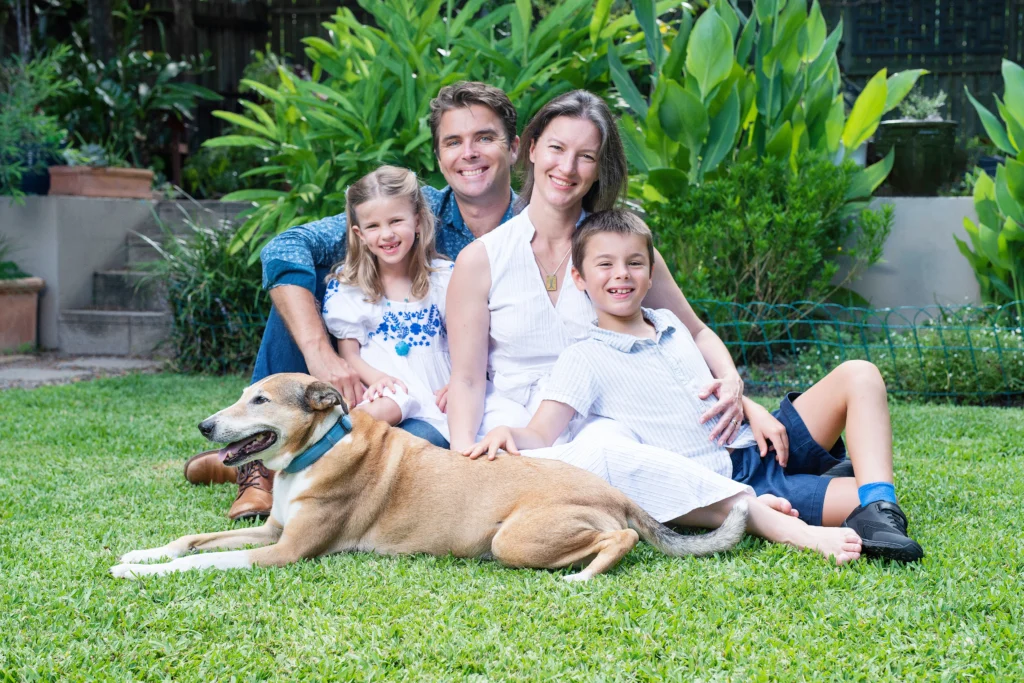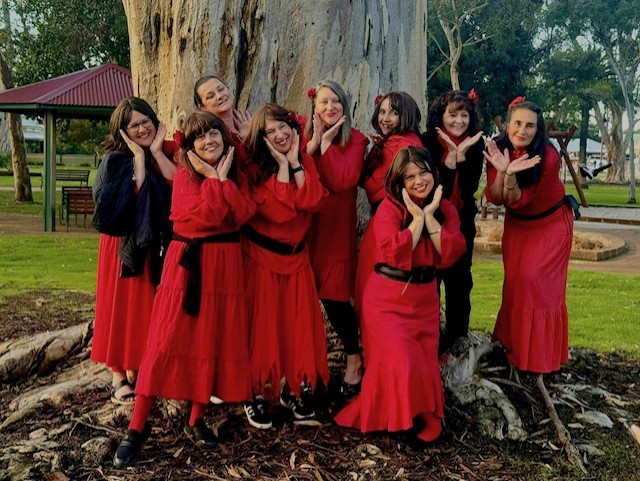A rise in heat and humidity can impact your symptoms and make exercising with a lung condition in hot weather more challenging. While maintaining regular exercise and healthy habits can be difficult during warmer months, it is important to adapt to the environment and take steps to continue to stay well.
Research shows that exercise is important for people living with a lung condition as physical activity improves overall health and wellbeing and can reduce symptoms such as breathlessness. Whether you exercise at home or in a group exercise class such as pulmonary rehabilitation or Lungs in Action, it is important to consult your healthcare professional before starting anything new to ensure you are exercising safely.
Taking extra precautions when exercising with a lung condition in hot weather
Heat and humidity can exacerbate symptoms such as breathlessness. If you’re exercising at home using an at-home program developed by an exercise health professional, it’s important you stay alert for any warning signs that might mean you need to slow down, take a break or even stop.
It is recommended that you do not exercise if temperatures are≥ 36°C or higher. Be cautious when high temperatures are also accompanied by a relative humidity above 30%. If it is excessively hot or cold and you have no air conditioning, exercise is not recommended.
Warning signs that you should stop exercising and seek medical advice can include:
- Dizziness or feeling faint
- Excessive wheezing or extreme shortness of breath
- Pain
- Coughing up blood
- Blurred vision
- Nausea
- Racing heart
- Tight chest
- Leg ache (calf)
Get expert support to help you when exercising
There are a few options for ensuring you have expert advice and support, including a tailor-made plan, before you start exercising. A pulmonary rehabilitation program is one of the best options for learning how to exercise safely with a mild, moderate or severe chronic lung disease.

Pulmonary rehabilitation programs provide personalised six-to-eight-week exercise and education programs that teach you how to move well and manage symptoms.
After undertaking a pulmonary rehabilitation program, you can then join a Lungs in Action community exercise group. These exercise groups help you continue to manage your condition by putting the techniques you learn at pulmonary rehabilitation into practice. Lungs in Action classes are run by Lung Foundation Australia trained exercise professionals and are tailored to suit each person’s needs.
What if I can’t attend a class to help me when exercising in hot or humid weather?
If you are unable to make it to a pulmonary rehabilitation or Lungs in Action class and are feeling well enough to engage in physical activity, it is important to take proactive steps to manage your lung condition and symptoms. Talk to your GP about a referral to an exercise health professional who can develop a tailored at-home program to help you on your way.
Tips for exercising during summer at home:

- If you have been prescribed by your doctor to do so, take reliver medications or oxygen prior to participating in physical activity.
- Eat a small snack 30 minutes to 1 hour before exercise (such as a banana) and a well-balanced and healthy meal 30 minutes to 1 hour after exercise to help replenish glycogen stores and aid recovery.
- Stay hydrated. In warm, humid weather consider an electrolyte drink as well as water.
- Adequately warm up to prepare your body for physical activity.
- If you have been prescribed by your doctor to do so, take reliver medications or oxygen prior to participating in physical activity.
- Eat a small snack 30 minutes to 1 hour before exercise (such as a banana) and a well-balanced and healthy meal 30 minutes to 1 hour after exercise to help replenish glycogen stores and aid recovery.
- Stay hydrated. In warm, humid weather consider an electrolyte drink as well as water.
- Adequately warm up to prepare your body for physical activity.
- Start exercising at a low intensity and build up if you are feeling well, increasing the duration of your workout or the number of repetitions by 2 or 3.
- Avoid the hottest times of the day and aim to exercise in the morning or late afternoon.
- If exercising outdoors, stay in the shade and wear sunscreen, a hat and sun safe clothing.
- Seek advice from your healthcare practitioner before engaging in a new exercise routine
- Check out Lung Foundation Australia’s at-home exercise video series, Maintaining Movement, for a series of simple exercises that you can do with things you can find around the house.

Find an exercise program near you
There are pulmonary rehabilitation and Lungs in Action classes held across Australia. Explore our online exercise hub to find a location near you and talk to your GP about getting a referral. Remember if there isn’t a location near you, you can ask your GP about a referral to an exercise health professional who can help you develop an at-home exercise plan.
Was this page helpful?
Good job! Please give your positive feedback
How could we improve this post? Please Help us.



